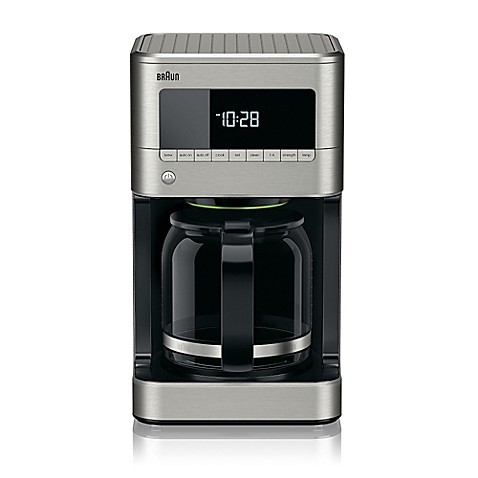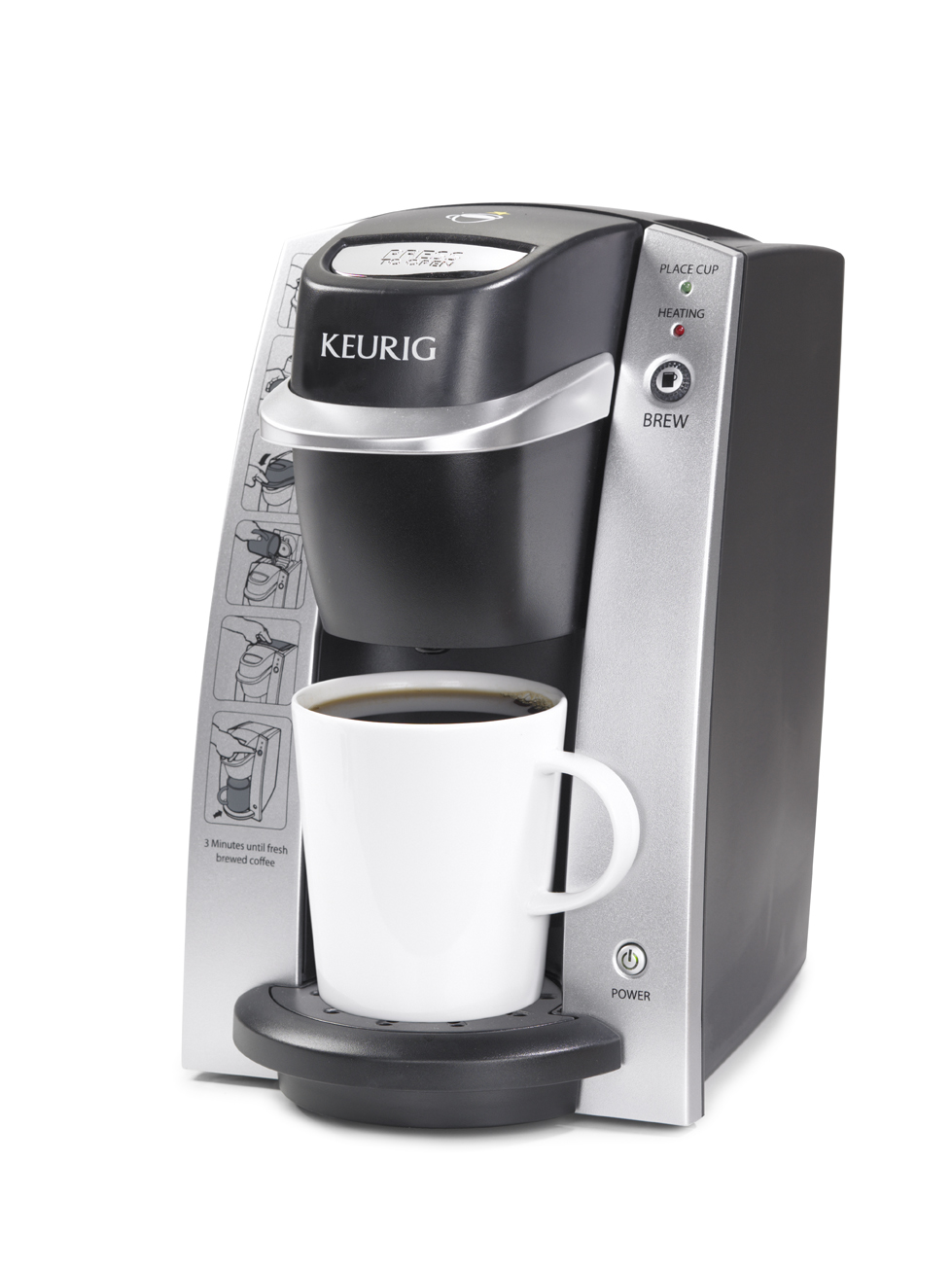BEST COFFEE MAKERS FOR AT-HOME BREWING
Coffeemakers or coffee machines are cooking appliances used to brew coffee. While there are many different types of coffeemakers hiring a number of different brewing principles, in the most common machines, coffee clays are placed in a clause or metal filter inside a spout, which is set over a glass or ceramic coffee utensil , a cooking pot in the kettle pedigree. Cold sea is run into a separate enclosure, which is then heated up to the boiling point, and aimed into the run. "Its also" announced automatic drip-brew .
Braun® BrewSense 12Cup Drip Coffee Maker Bed Bath amp; Beyond

For hundreds of years, making a bowl of coffee was a simple process. Roasted and dirt coffee beans were placed in a utensil or pan, to which hot water was included, followed by connect of a lid to begin the infusion process. Bowls were designed specifically for brewing coffee, all with the purpose of trying to catch the coffee clays before the coffee is extend. Typical motifs peculiarity a potty with a flat expanded tush to catch lowering grimes and a sharp-witted extend gush that traps the swimming grinds. Other designs foible a wide hump in the middle of the pot to catch dirts when coffee is poured.
Keurig B130 Coffee Brewer Keurig Coffee Brewer DrinkMore Water

In France, in about 1710, the Infusion brewing process was acquainted. This involved submersing the dirt coffee, usually enclosed in a linen luggage, in hot water and telling it steep or "infuse" until the desired persuasivenes brew was reached. Nevertheless, throughout the 19 th and even the early 20 th centuries, it was considered adequate to add ground coffee to hot water in a flowerpot or pan, simmer it until it smelled right, and flow the drink into a cup.
KitchenAid Personal Coffee Maker

There were lots of inventions from France in the late 18 th century. With assistance provided by Jean-Baptiste de Belloy, the Archbishop of Paris, the idea that coffee shall not be required to steamed gained credence. The first modern technique for provoking coffee applying a coffee filter--drip brewing--is more than 125 years old, and its designing had changed little. The biggin , are produced in France ca. 1780, was a two-level jackpot considering coffee in a cloth sock in an upper locker into which ocean was moved, to drain through breaches in the bottom of the locker into the coffee bowl below. Coffee was then passed from a gush on the side of the toilet. The excellence of the brewed coffee is conditional upon the size of the grimes- extremely coarse and the coffee was strong; very well prepared and the sea has not been able to drip the filter. A major predicament with this approach was that the elegance of the cloth filter- whether cotton, burlap or an old-fashioned sock- transferred to the goody of the coffee. Around those periods, a French creator developed the" pumping percolator", in which simmering sea in a foot assembly influences itself up a tube and then percolates( seeps) through the dirt coffee back into the bottom chamber. Among other French inventions, Count Rumford, an eccentric American scientist are living in Paris, developed a French Drip Pot with an insulating ocean coat to keep the coffee hot. Likewise, the first metal filter was developed and patented by French inventor.
Bonavita Coffee Maker BV1900TS 8 Cup Automatic Brewer with Thermal

EmoticonEmoticon